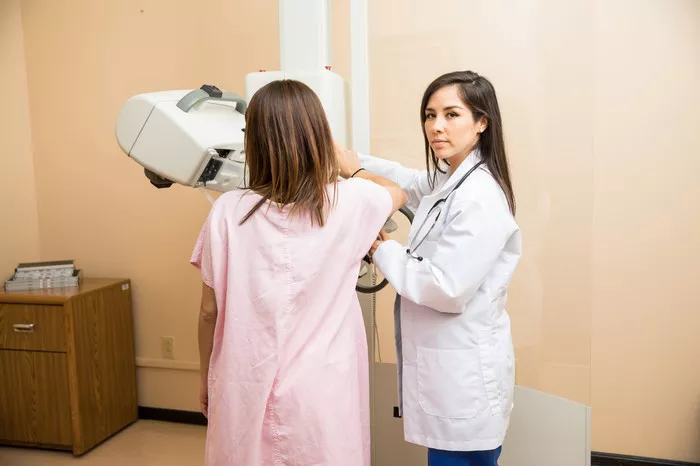FAQs
What are the symptoms of a severe gallbladder attack?
A severe gallbladder attack, often caused by gallstones blocking the bile ducts, typically manifests with intense pain in the upper right abdomen that can radiate to the back or right shoulder. Additional symptoms include nausea, vomiting, fever, chills, and jaundice (yellowing of the skin and eyes). The pain is usually sudden and can last for several hours, often intensifying after eating a fatty meal. Other signs might include bloating, indigestion, and an overall sense of feeling unwell.
How do you know if your gallbladder is about to burst?
If a gallbladder is about to burst, a person may experience severe, unrelenting pain in the upper right abdomen, which can radiate to the shoulder or back. This pain is typically accompanied by a high fever, chills, nausea, vomiting, and a noticeable increase in abdominal tenderness, especially when touched. The abdomen may become swollen and extremely painful to the touch. A gallbladder rupture is a medical emergency, and symptoms like a sudden drop in blood pressure, rapid heartbeat, and signs of septic shock (confusion, dizziness, or fainting) indicate the need for immediate medical intervention.
How do you know if gallbladder pain is emergency?
Gallbladder pain becomes an emergency when it is severe, persistent, and accompanied by symptoms such as fever, chills, jaundice, or signs of infection like a rapid heart rate and low blood pressure. Additionally, if the pain is intense and does not improve within a few hours, or if there is vomiting that does not subside, immediate medical attention is necessary. These symptoms can indicate complications such as acute cholecystitis (inflammation of the gallbladder), gallbladder rupture, or severe infections like cholangitis, all of which require prompt medical evaluation and treatment to prevent serious health consequences.
Related topics:
- Dealing with Severe Sun Poisoning: A Comprehensive Guide
- 6 Worst Foods for Inflammation: A Quick Guide
- Severe Heartburn: Causes & When to Seek Medical Attention


